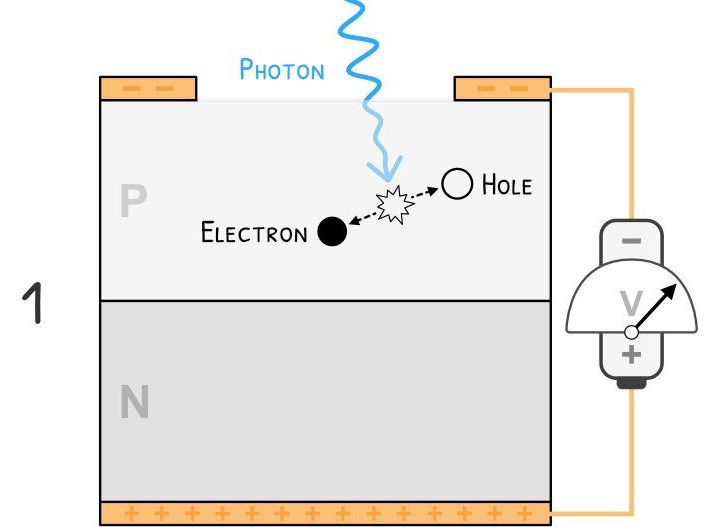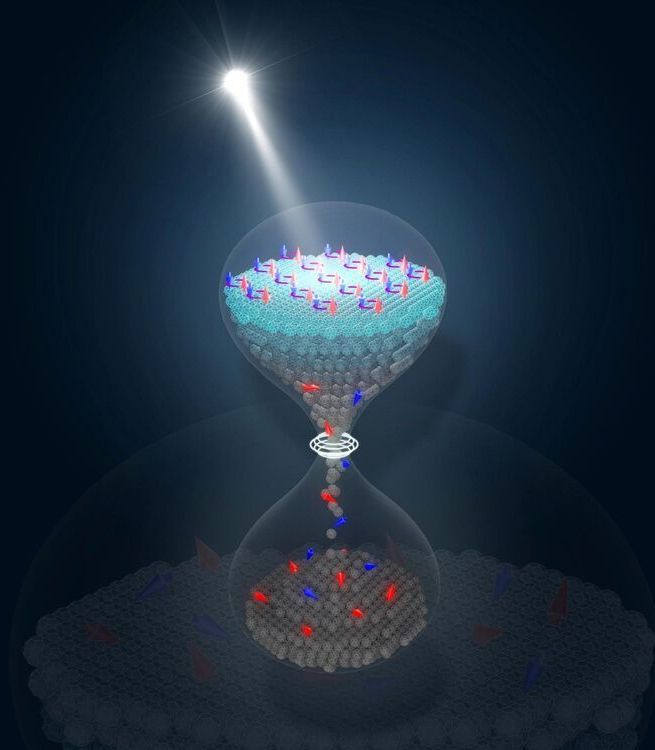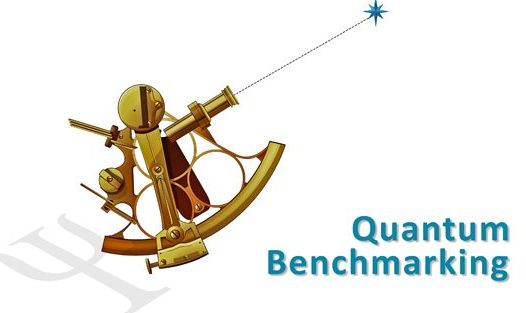Place one clock at the top of a mountain. Place another on the beach. Eventually, you’ll see that each clock tells a different time. Why?
In his book “The Order of Time,” Italian theoretical physicist Carlo Rovelli suggests that our perception of time — our sense that time is forever flowing forward — could be a highly subjective projection. After all, when you look at reality on the smallest scale (using equations of quantum gravity, at least), time vanishes.
“If I observe the microscopic state of things,” writes Rovelli, “then the difference between past and future vanishes … in the elementary grammar of things, there is no distinction between ‘cause’ and ‘effect.’”
So, why do we perceive time as flowing forward? Rovelli notes that, although time disappears on extremely small scales, we still obviously perceive events occur sequentially in reality. In other words, we observe entropy: Order changing into disorder; an egg cracking and getting scrambled.









